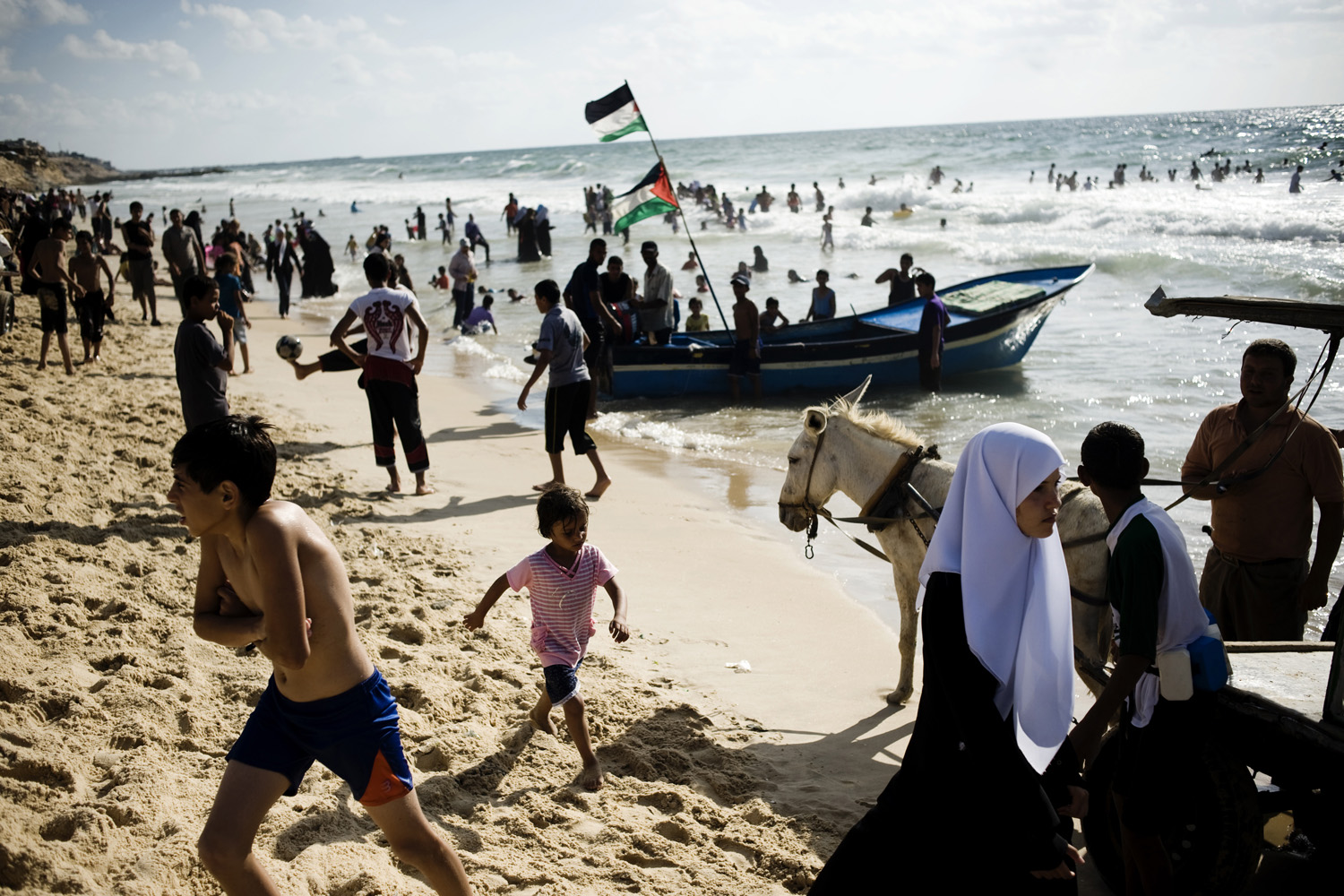
Nearly 14 months after photographer Chris Hondros died while covering the conflict in Libya, a foundation created to honor his legacy has awarded its first major grant to photographer Andrea Bruce, who, like Hondros, has covered conflict through much of her career. The $20,000 Getty Images and the Chris Hondros Fund Award was created to help photographers further their pursuits; a $5,000 runner-up award will be given to emerging photographer Dominic Bracco, based in Mexico City.
“Chris was always working with students and was very involved in mentoring within the photo world,” says Christina Piaia, board member of the Chris Hondros Fund and the late photographer’s fiancé. “We kept coming back to this idea that he was so impressed and humbled by his colleagues that it would be most fitting that some of these brave photographers and journalists be recognized with this award.”
Unlike other awards that ask candidates to submit work, Piaia and three other judges (Pancho Bernasconi, Vice President for Getty Images US News and Sports Division, Jeff Swensen, freelance photographer and Todd Heisler, staff photographer for The New York Times) sought nominations from photo directors and other leaders within the industry. One of the main criteria was that the work bring attention to the human experience—a hallmark of Hondros’ career.
Piaia said she saw a direct parallel between Hondros and Bruce, who has documented last year’s Arab Spring, the Iraq war and female circumcision, among other topics. “She has tirelessly gone back to conflict zones with great risk to herself and great sacrifice to her personal life—and her drive has no end,” she said. “Her pictures are so powerful, yet she brings sensitivity to a picture in a way that even novice viewers can feel moved. Andrea is quite literally shaping the visual history of our world.”
The Chris Hondros Fund was created to support and advance the work of photojournalists and raises awareness of the issues facing those reporting from conflict areas. Follow their efforts on Twitter @hondrosfund.











More Must-Reads from TIME
- Cybersecurity Experts Are Sounding the Alarm on DOGE
- Meet the 2025 Women of the Year
- The Harsh Truth About Disability Inclusion
- Why Do More Young Adults Have Cancer?
- Colman Domingo Leads With Radical Love
- How to Get Better at Doing Things Alone
- Michelle Zauner Stares Down the Darkness
Contact us at letters@time.com